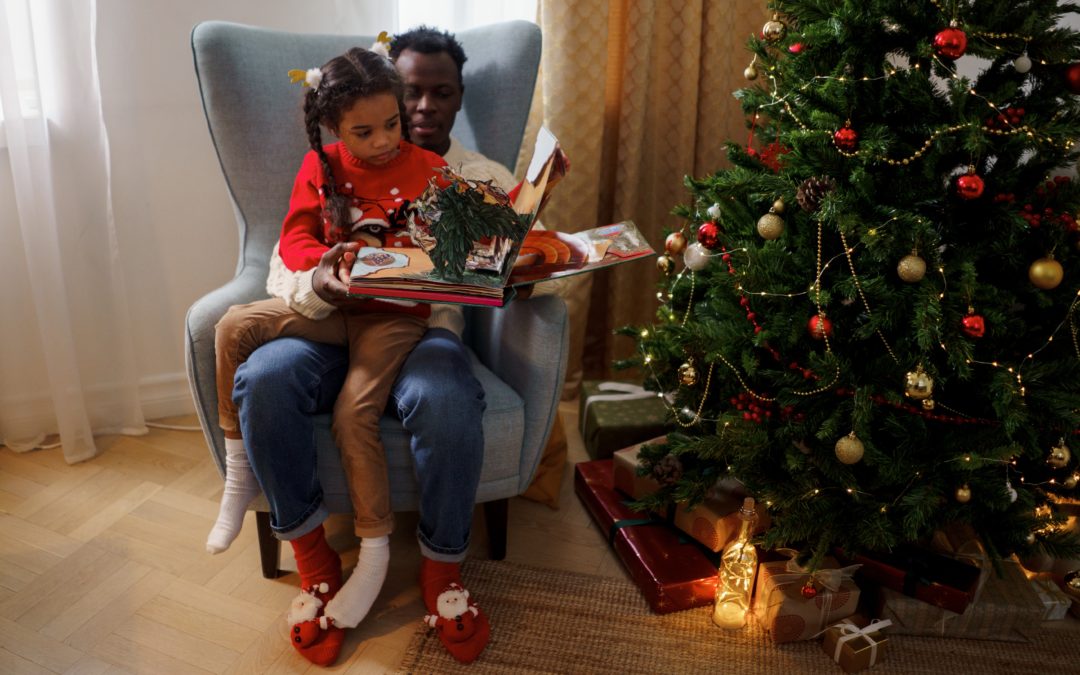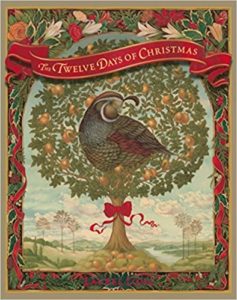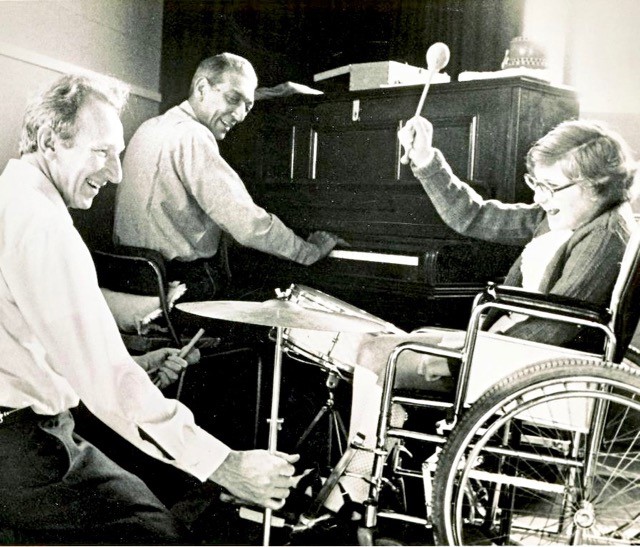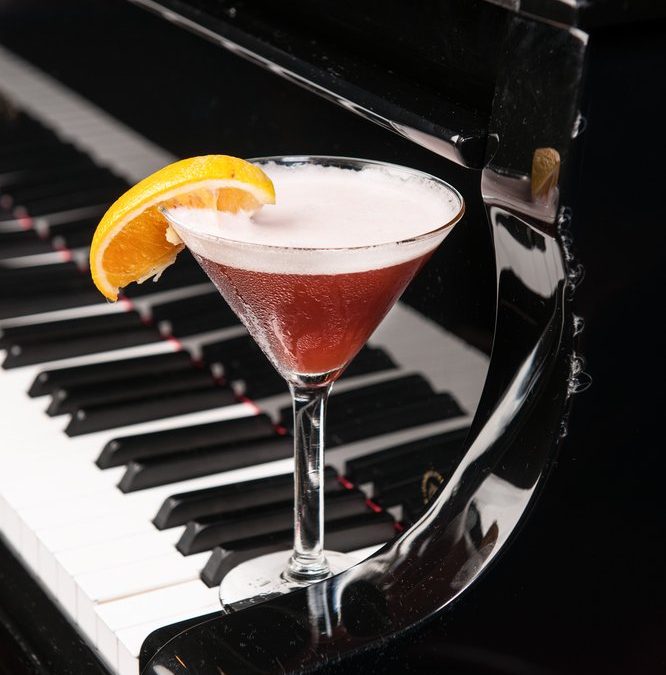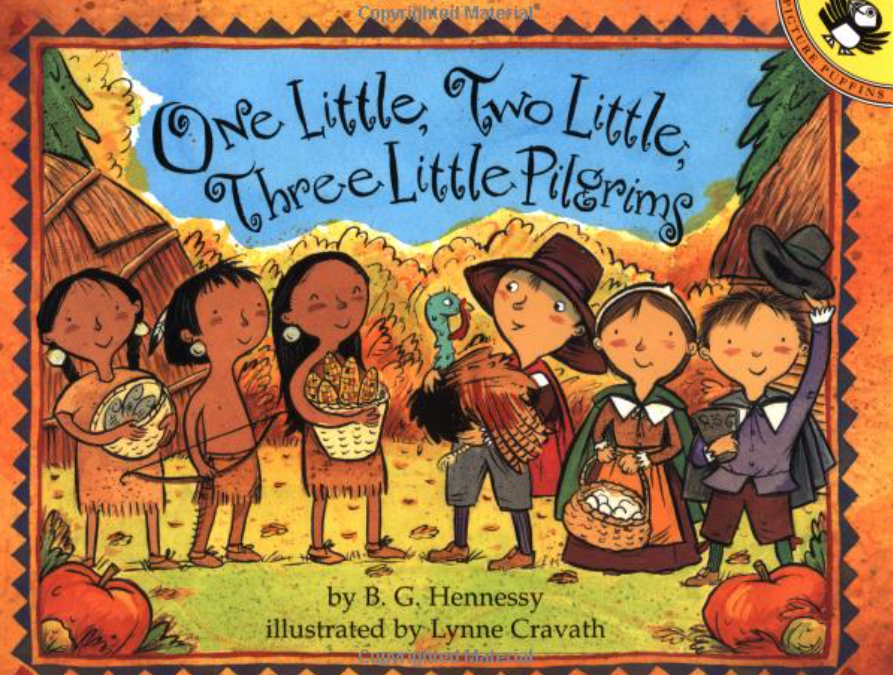
Solitude: Peaceful or Lonely?
When you think of solitude, what is the first thing that comes to your mind? Perhaps a bubble bath without interruption, a cup of coffee and a good book, or a walk-in nature, all experienced completely alone because you chose to do so. Others may envision solitude as a quiet space with no sound, void of human connection. This latter description can create the opposite effect of what most people hope to achieve when engaging in solitude. Perhaps they do not like complete quiet or to be alone. Solitude has the potential to open a space where thinking occurs and if we are honest those thoughts can move to a deeper level than we are comfortable with or prepared for. “The moment that people are alone, even for a few seconds, they become anxious, they panic, they fidget, they reach for a device. Just think of people at a checkout line or at a red light,” Turkle a psychologist and cultural analyst says in her TED Talk “Connected, But Alone?” “Being alone feels like a problem that needs to be solved. And so, people try to solve it by connecting. But here, connection is more like a symptom than a cure.”
Some might confuse solitude with loneliness. The difference is that solitude is a fact that you are alone. Loneliness however is a negative response to solitude. It is a denial of wanting solitude so in response perseverating on being on your own rather than embracing the opportunity. Of course, there are times when we did not seek solitude but due to circumstances out of our control, it found us. With the COVID19 pandemic, people throughout the world experienced social distancing mandates by health departments and governments to reduce the spread of the virus. March 2020 rolled in with rapid and unexpected changes. Social settings like restaurants, coffee shops, and stores were closed and social gatherings in homes discouraged. Solitude crept quickly in, yet labeled with the title of loneliness.
How can we move forward and accept solitude as a gift in times like we are currently experiencing? Perhaps it begins with accepting these three truths.
1) Solitude when entered by choice has immense therapeutic benefits.
Over the years I have spoken with people who live extremely busy lives, not because they enjoy the level of activity, but instead because of circumstances. Many of these individuals crave solitude. They look forward to unplugging and carving out time alone to do the things they enjoy and that helps them to feel refreshed. They understand the therapeutic value. It decreases their stress. It allows them to think more clearly. It improves their creativity. It feeds their soul. With many children learning remotely due to the current pandemic, families are having to be intentional to find ways that they can each have periods of solitude to keep all family members as emotionally balanced as possible.
2) Solitude can be positive even when it comes unexpectedly.
The recent pandemic has thrown many people into spaces where they feel isolated. The health restrictions and stay at home policies have created an unpleasant experience for many, especially as we entered the holidays this past year. The limited number of people allowed to gather has caused families to avoid their traditional Thanksgiving, Christmas, and New Year’s celebrations. While some are experiencing gratitude for solitude, others are feeling loneliness and even despair with these unexpected shutdowns. The elderly, many of whom are not tech-savvy, have been cut off from their families. Singles who rely heavily on social events throughout their week are limited to digital communication, which as first seemed like a life preserver, now is not fulfilling their human need for face-to-face connections. This is hard, very hard, but there are ways to find gratitude for unexpected solitude. There is a switch we can flip to decrease loneliness. Here are a few ideas:
– Create a list of things you used to enjoy doing, things you currently enjoy, and things you are hoping to do in the future. Circle the ones that you can do as an individual activity.
– Use your five senses to be mindful of how the experience feels and in what way you are grateful for it. Add one or two of these activities to your daily schedule. Daily schedules keep us focused on things that are positive instead of resorting to feelings of loneliness.
– Within that schedule make sure to add in your social opportunities whether online or with one or two people so you also have that to look forward to.
3) Solitude can alert us to our need for support.
It’s very important that we do not ignore signs of depression and anxiety. An increased level of isolation can reveal and heighten the symptoms and cause individuals to not reach out to others. Sometimes our thoughts are heavier than we can process alone. Clinical depression is a state where you often cannot make yourself do what you want to do or enjoy. Concentration issues, crying, feeling hopeless, apathy, and irritability are other common symptoms. Severe anxiety can also surface. You may have trouble finishing a simple task, feel muscle tension, guilt, or changes in sleep or eating patterns. If this is the first time you have noticed these symptoms, or they are worse than you have experienced before, it is important to reach out or have someone you trust to reach out for you. There are mental health specialists who are available as well as your physician. If you need guidance or know someone who does, feel free to use the Contact Us link for support. A Licensed Therapist will get back to you.
As we enter 2021, we encourage you to reboot using the gift of solitude, learn to flip the switch from loneliness to creating spaces of gratitude, and seize the moment to reach out for support.
Happy New Year!
The post Solitude: Peaceful or Lonley? was first published on Upstate Music Therapy Center.

